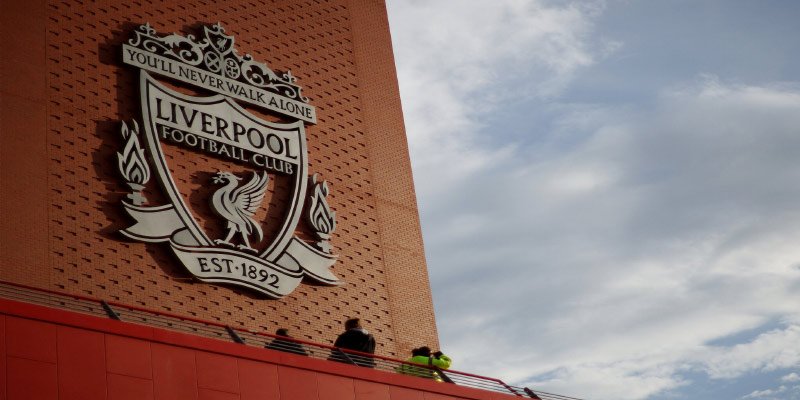Liverpool FC is not just a football club; it’s a symbol of passion, resilience, and an indomitable spirit that resonates across the globe. Founded in 1892, Liverpool FC has etched its name into the annals of sporting history, becoming one of the most successful and beloved clubs in the world. From its humble beginnings in a post-industrial city to establishing itself as a powerhouse in both domestic and European competitions, the story of Liverpool FC is one filled with triumphs, legends, and unforgettable moments.
History of Liverpool FC
The journey of Liverpool FC began in the late 19th century when the club was formed due to a split from Everton FC. This pivotal moment set the stage for what would become a remarkable saga in English football. Over the decades, Liverpool has seen numerous highs and lows, with each era contributing to the rich tapestry of the club’s identity.
Foundation and Early Years
Liverpool FC was officially established in 1892 after a dispute over rent between Everton FC and Anfield’s owner, John Houlding. Houlding, determined to keep football at Anfield, decided to form a new club. The early years were marked by immediate success, with Liverpool winning its first league title in 1901. Under the management of Tom Watson, the club quickly established itself as a formidable force in English football.
The club’s early achievements fostered a sense of camaraderie among players and supporters alike. The iconic red jersey became synonymous with glory, and Liverpool emerged as a force to be reckoned with on the pitch.
The Rise to Prominence
As the decades rolled on, Liverpool FC continued to thrive. The 1960s saw the arrival of legendary manager Bill Shankly, whose influence transformed the club into a footballing powerhouse. Shankly instilled a strong work ethic and a tactical approach that emphasized team unity. His leadership led to multiple league titles and the club’s first FA Cup victory in 1965.
Under Shankly’s reign, the foundation was laid for Liverpool’s golden era. He famously proclaimed, “Some people believe football is a matter of life and death. I assure you, it’s much more serious than that.” This philosophy resonated deeply with fans, further solidifying the bond between the club and its supporters.
The Glory Years
The 1970s and 1980s are often referred to as Liverpool FC’s “glory years.” Managers like Bob Paisley and Joe Fagan continued the legacy laid down by Shankly, leading the Reds to incredible successes both domestically and in Europe. With players like Kenny Dalglish, Graeme Souness, and Ian Rush, Liverpool dominated English football, capturing numerous league titles and European trophies.
The club’s victory in the 1984 European Cup final against Roma encapsulated this era; it was a dramatic night that showcased the heart and determination of a team that had become accustomed to lifting silverware. Fans celebrated not just the victory but the embodiment of their club’s spirit—a relentless pursuit of excellence.
Challenges and Resilience
However, the history of Liverpool FC has not been devoid of challenges. The tragic events of Hillsborough in 1989 cast a long shadow over the club and its supporters. Ninety-six fans lost their lives, and the aftermath of this disaster brought significant changes to stadium safety regulations. The club stood united in mourning, reinforcing the idea that Liverpool is more than just football; it is a community that supports its own.
In subsequent years, Liverpool faced a decline, particularly in the 1990s and early 2000s. However, the club’s resilience shone through, culminating in a remarkable resurgence under the management of Rafael Benítez, who guided Liverpool to a stunning UEFA Champions League victory in 2005, forever remembered as “the Miracle of Istanbul.”


